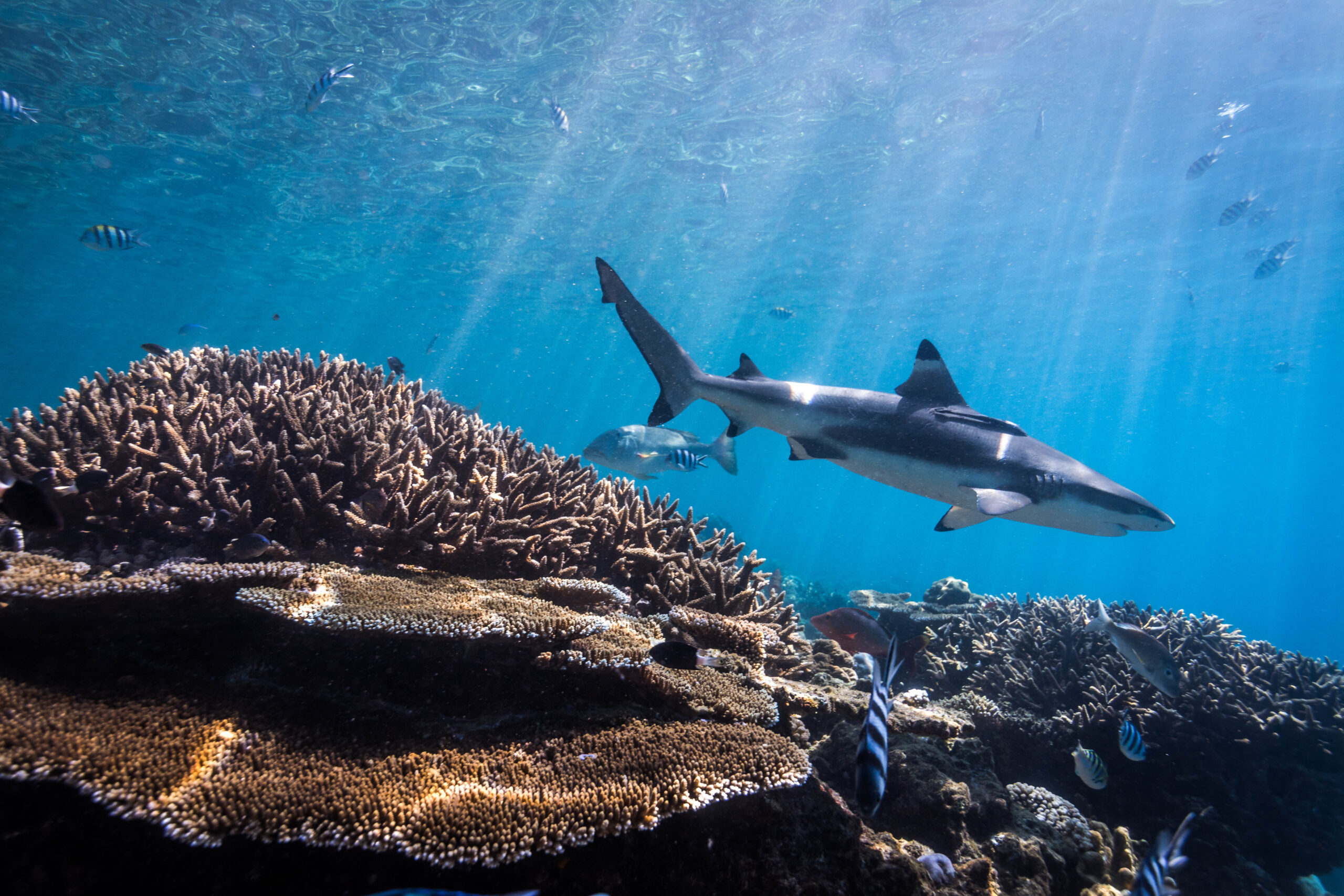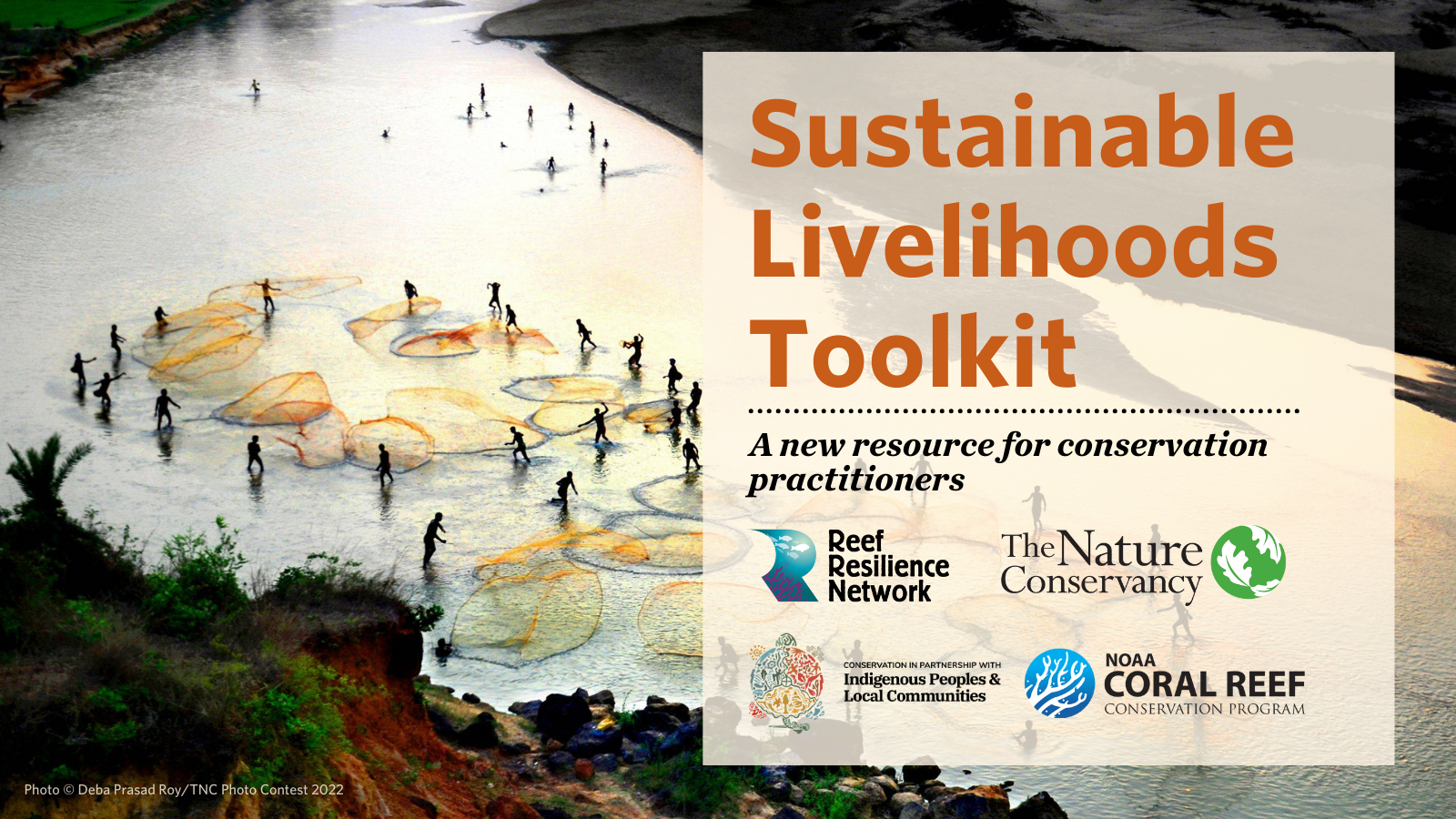This study presents broad-scale carbon chemistry data from Great Barrier Reef (GBR) inshore coral reefs to test for regional and season differences between inorganic carbon system parameters in coastal waters. Spatial and temporal variations in sea surface carbon dioxide concentrations on a large-scale were examined to better understand the carbon cycle for predicting future increases in CO2. Data was collected from a large latitudinal range six times over a two-year period at 14 nearshore fringing reefs at islands in the GBR that experience terrestrial runoff. Carbon chemistry of inshore reefs was compared from smaller sample sets from mid- and outer-shelf reefs and historical data 18 and 30 years ago. Water samples were taken to analyze various parameters for oceanographic and water quality that serve as proxies for total alkalinity (TA) and dissolved inorganic carbon (DIC). Overall it was found that regional variability in carbon system parameters is relatively small; of variation in inshore reefs, the largest contributor was seasonal variation. Inshore reefs are subjected to elevated levels of partial pressure of CO2 (pCO2) as well as decreased light, increased sedimentation and higher nutrient levels compared to offshore reefs. The study found that the rate of increase of pCO2 in coral reef waters is increasing faster than in the atmosphere, likely due to other human-caused impacts on water quality, with higher values during the wet seasons. Thermodynamic effects contributed to higher aragonite saturation on inshore reefs and lower pCO2 than on offshore reefs, with land-based runoff contributing. The authors conclude that inshore GBR reefs could be more vulnerable to ocean acidification compared with offshore reefs.
Author: Uthicke, S., M. Furnas, and C. Lonborg
Year: 2014
View Full Article
PLoS ONE 9(10): e109092. doi: 10.1371/journal.pone.0109092


